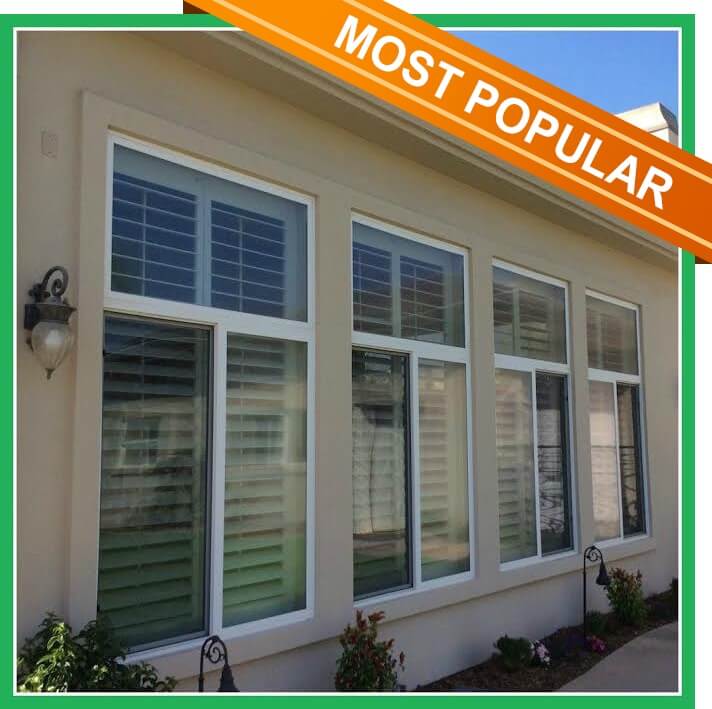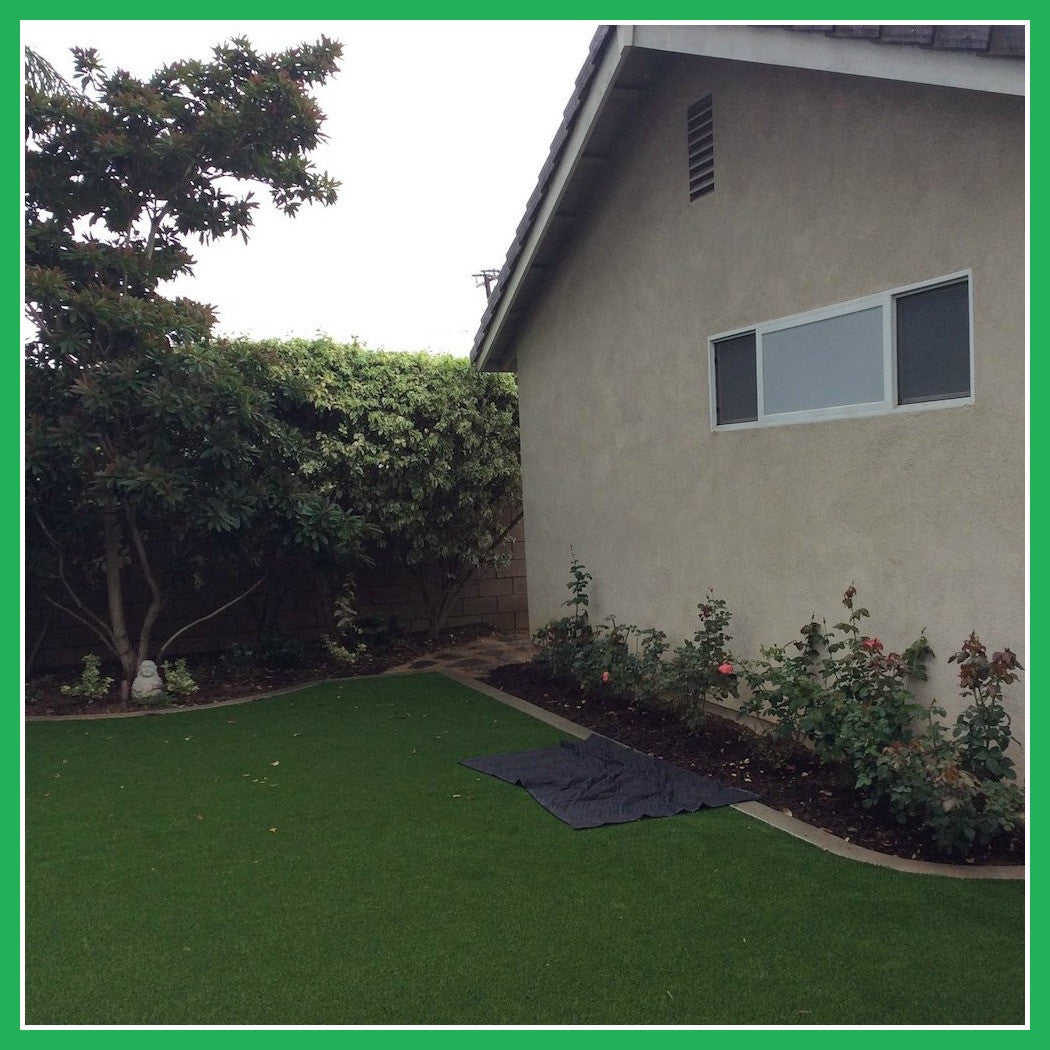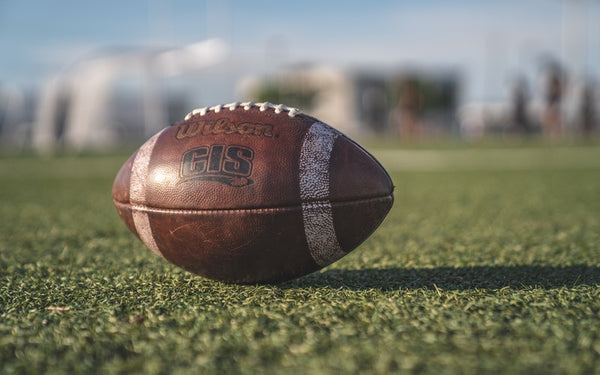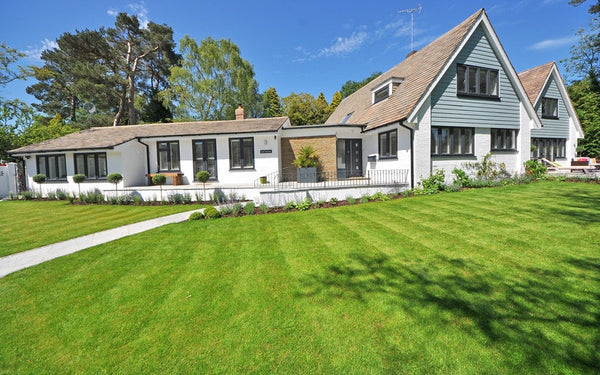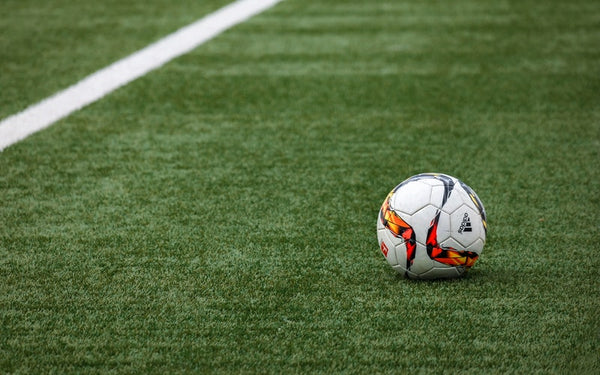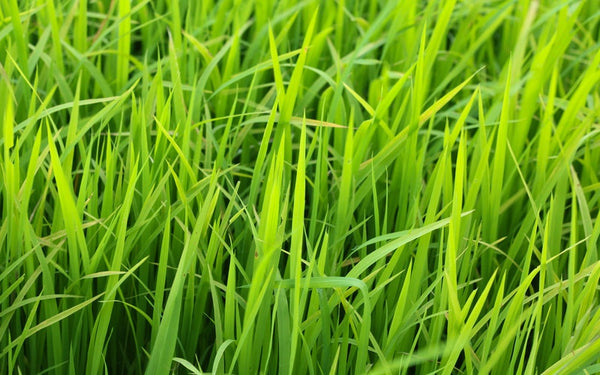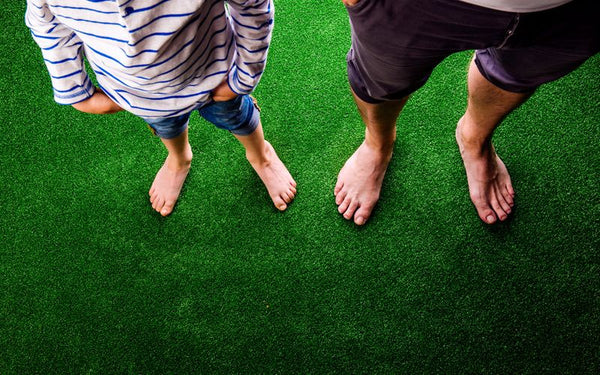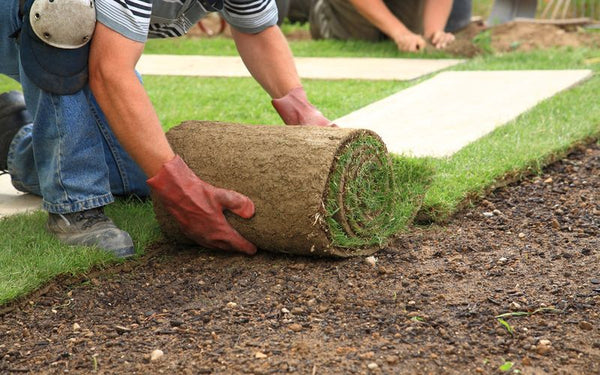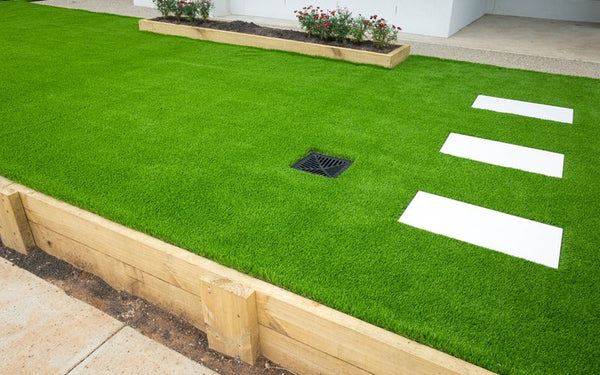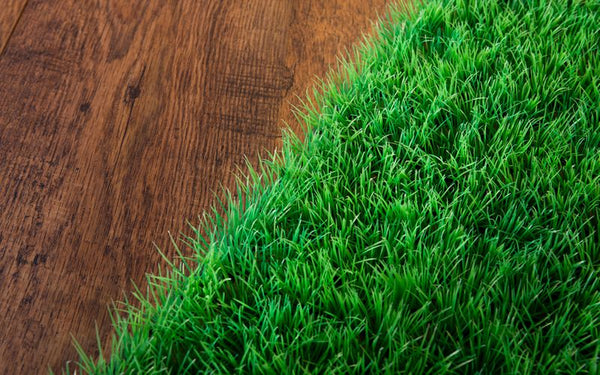Artificial turf melting is not a natural thing to happen to a synthetic lawn. It is a product of repeated exposure of the grass to concentrated heat from reflected rays of sunlight. It can reduce the aesthetic appeal and lifespan of the artificial turf installed. But how can it be prevented?
Artificial Turf Is More than Just Fake Grass
There is an increased demand for artificial turf lawn as an alternative to a real grass lawn. It is used for residential purposes and in sports stadiums. It reduces the need for watering, mowing, and applying pesticides and insecticides while maintaining its ideal appearance.
However, putting grass or installing the artificial turf requires careful consideration, especially regarding the fake turf cost, installation process, and maintenance. Artificial turf cost per square foot varies depending on the supplier, but some companies also provide the installation and warranty package. The value gives more reason to implement preventive actions to lengthen the lifespan of the turf.
Artificial Turf Is Exposed to All Natural Elements
While artificial turf requires little maintenance and has a long lifespan, it is still prone to breaking down. It is exposed to natural elements such as wind, dust, rain, and sunlight. Its chief nemesis is sunlight.
Although sunlight, as it reaches Earth, cannot harm the artificial turf, reflections are a different matter. Reflections from shiny and metallic objects or surfaces such as window panes, glossy barbecue grills, metallic tubes, and mirrors bring more concentrated heat into the area where it lands.
Repeated exposure to high heat can cause discoloration of the blades of the grass. It can appear as random splotches or patterns where it can be easily identified. These discolorations can significantly reduce the authentic grass look of the artificial turfs. Natural grasses photosynthesize heat and do not turn pale white when exposed to extreme heat.
The process of artificial turf melting is similar to how magnifying glass can ignite a dried leaf, although to a lesser extent. Accidents such as turf’s direct contact with fire cannot be ruled out in the melting of the artificial grass. But for careful owners, reflection can be pointed out as the main reason for the sudden unwanted discoloration. It is a good thing that there is a solution to this.
How to Prevent Artificial Turf from Fading and Melting
Windows can be covered with a film to reduce the glaring and reflective capabilities of the surface. It is like making the window “matte” on the surface. There are different options for the tints, but to fully appreciate the colors of the environment, a clear screen window film is advisable to prevent artificial turf melting.

